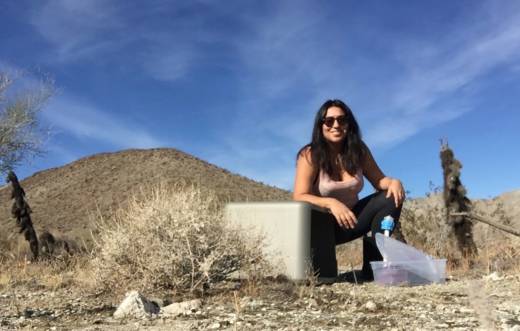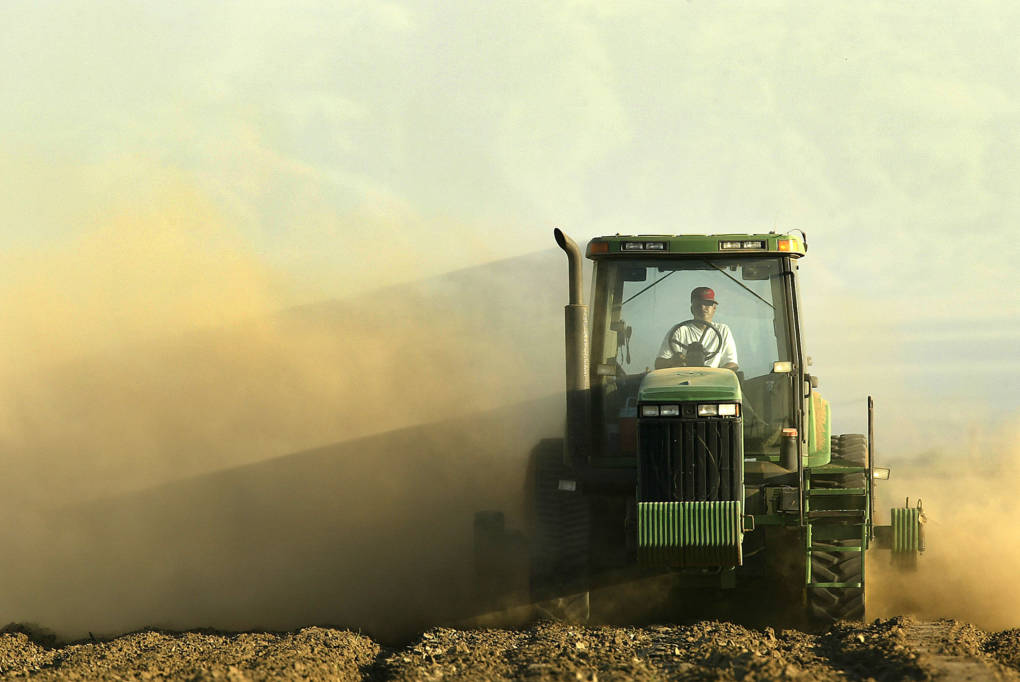New research from UC Davis finds a sneaky contributor to the state’s smog problem rising from the floor of the Central Valley: California’s crops are emitting polluting nitrogen oxides, up to 10 times as much of those gases as previously thought.
State regulators blame nitrogen oxides, also commonly known as NOx, for health problems and even deaths. Over decades, the California Air Resources Board and scientists have worked to inventory NOx gases. Most often, those pollutants are connected to burning fossil fuels, tailpipes and smokestacks.
Agriculture is another source of nitrogen oxides. Fertilizers add nitrogen to soil; what plants don’t use gets digested by microbes, and soil and air conditions can intensify that process. A study published in “Science Advances” finds that those emissions may make up 25 to 41 percent of the state’s total.
“We have been able to make big strides in improving air quality in cities,” says National Science Foundation postdoctoral fellow Maya Almaraz, the study’s lead author. “But we’re just not seeing those changes happen as quickly in rural areas, which we think might be because we have this sort of undetected source in those areas.”
In the past, the state Air Resources Board has used satellites and local field studies to characterize the pollutant. Almaraz and her team relied on new and different methods, including soil calculations and data collected by low-flying planes to create their calculations.


